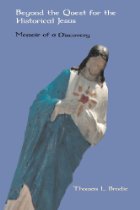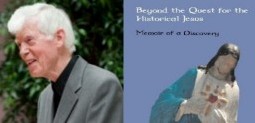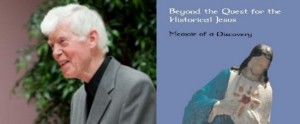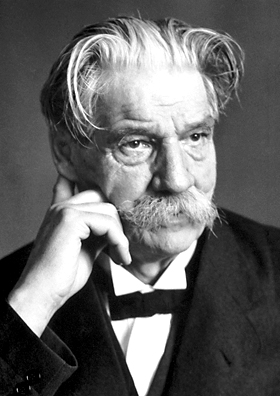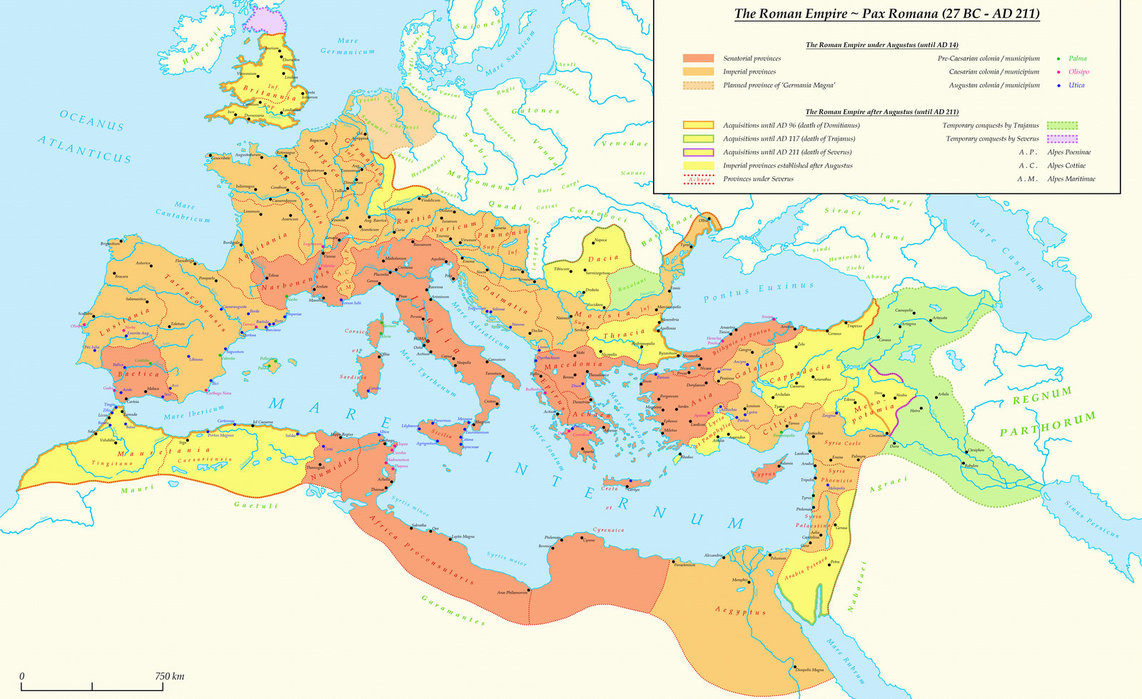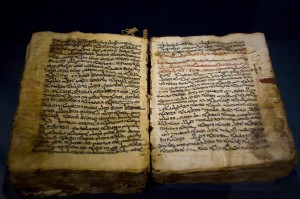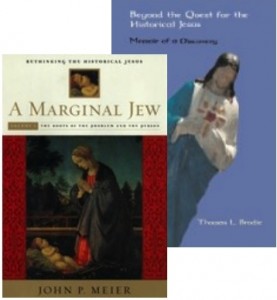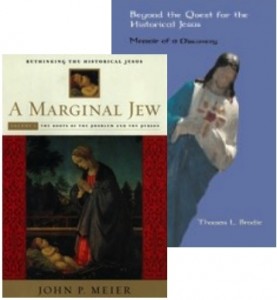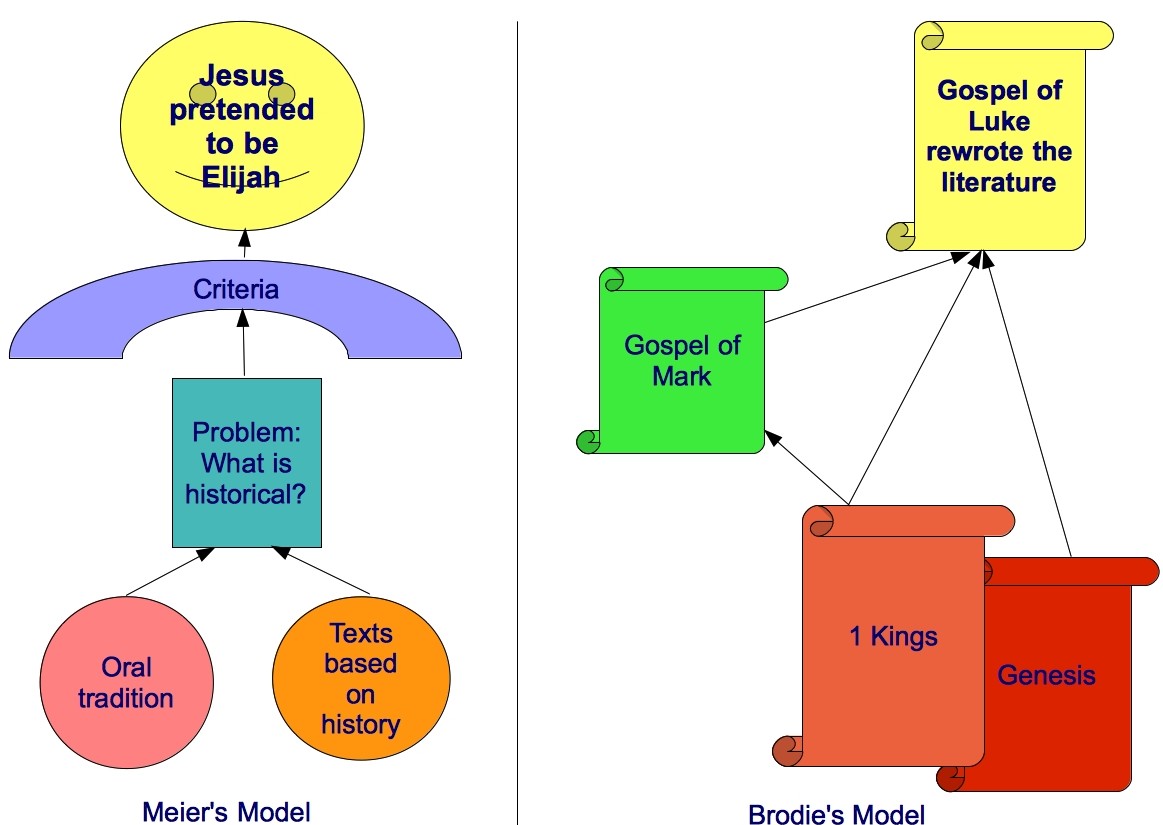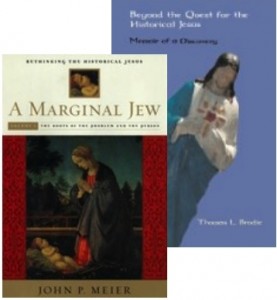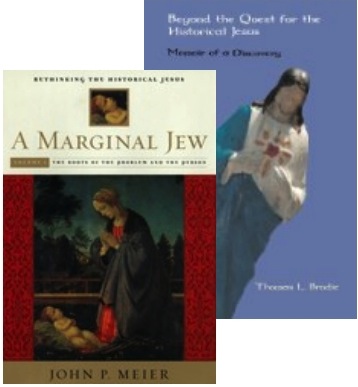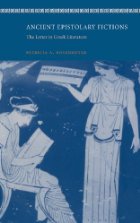One reader asked for an easier way to review the various posts on Thomas Brodie’s Beyond the Quest for the Historical Jesus: Memoir of a Discovery. So here it is. Posts directly dealing with a chapter by chapter overview of the book, those in the “Making of a Mythicist” series, are in bold font. Other posts in which the same book had a key focus are right-aligned. All are in chronological order of posting.
I have not included here several other posts on Brodie’s ideas that have been posted on this blog. These can be found through the “Index of Topics / Select a Category” button in the right hand margin.
“Jesus did not exist as an historical individual”: Beyond the Quest for the Historical Jesus
Quest for History: Rule One — from Brodie’s Beyond the Quest for the Historical Jesus
Mythicism and Positive Christianity
Thomas Brodie’s Review of Bart Ehrman’s Did Jesus Exist?
Sowing Doubt That An Emotional Paul Authored Galatians
What Did Luke’s Eyewitnesses See?
Questioning Paul’s Letters. Were they really “occasional”? Or rhetorical fictions?
The Inevitable Catches Up With Thomas L. Brodie
Thomas L. Brodie: Two Core Problems with Historical Jesus Arguments
What They Are Saying About The Brodie Affair
1. The Making of a Mythicist, Act 1, Scene 1 (Thomas Brodie’s Odyssey)
.
2. Making of a Mythicist, Act 1, Scene 2
McGrath’s Review of Brodie’s Memoir: Incompetent or Dishonest?
Ongoing Disregard for Facts and Denials of Old Criticisms (yes, McGrath again, sorry)
Brodie’s Argument that Jesus Never Existed
What Do We Mean by “Incompetent”?
Joel Watts Acclaims Thomas Brodie a Scholarly “Giant” and His Work “A Masterpiece”
3. Making of a Mythicist, Act 2, Scene 1 (Brodie’s Odyssey)
.
4. Making of a Mythicist, Act 2, Scene 2 (The Verdict Falls)
.
5. Making of a Mythicist, Act 2, Scene 3 (“That is an important thesis”)
Brodie’s Mythicist Case: The Facts
6. Making of a Mythicist, Act 3, Scene 1 (Too Strange!)
Thomas Brodie Illustrates The New Testament’s Dependence On the Old
Parallels, Drum Majorettes and Brodie
.
8. Making of a Mythicist, Act 3, Scene 3 (“It is original, but not off the wall”)
.
9. Making of a Mythicist, Act 3, Scene 4 (The Dominican Biblical Institute, and its Research)
.
10. Making of a Mythicist, Act 4, Scene 1 (“We need a gentle funeral”)
.
11. Making of a Mythicist, Act 4, Scene 2 (“What Is Rule One?”)
.
12. Making of a Mythicist, Act 4, Scene 3 (Deeps Below, Storms Ahead)
.
13. Making of a Mythicist, Act 4, Scene 4 (The Crumbling Evidence for Paul)
.
14. Making of a Mythicist, Act 4, Scene 5 (How Paul Was Made)
.
15. Making of a Mythicist, Act 4, Scene 6 (Two Key Problems with Historical Jesus Studies)
.
16. Making of a Mythicist — ch 17 . . . Unreliable Criteria
.
17. Making of a Mythicist — ch 17 . . . Did Jesus Model Himself on Elijah?
.
18. Making of a Mythicist — ch 17 . . . Was Jesus a Carpenter?
.
19. Making of a Mythicist — ch 17 . . . The Evidence of Josephus
.
20. Making of a Mythicist — ch 17 . . . Jesus in Greco-Roman Sources & General Conclusions
.
21. Making of a Mythicist, Act 5, Scene 1 (Explaining Christian Origins Without Jesus)
.
22. Making of a (Christian) Mythicist, Act 5, Scene 2 (Staying Christian With a Symbolic Jesus)
.
.
Theology and the Historical Jesus

